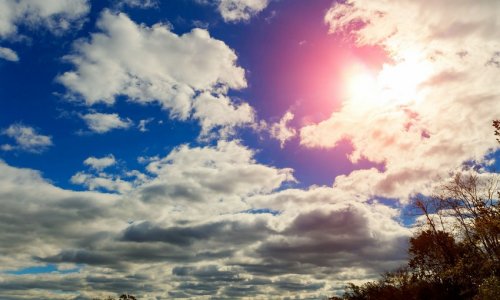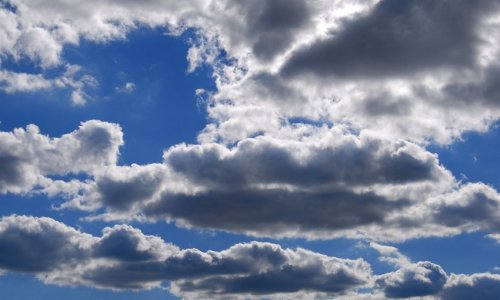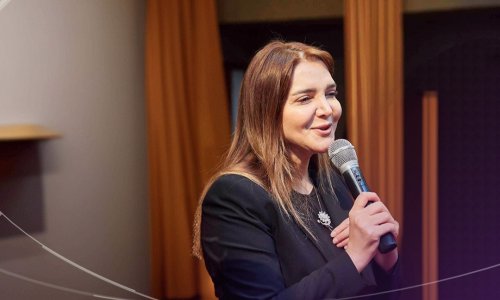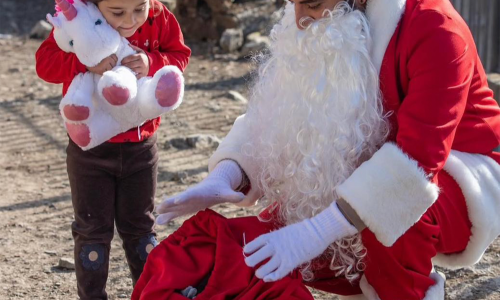Nasa is working on it. The space agency has spent the last 16 years searching for near-Earth asteroids larger than 1km in size, and claims to have found 98% of them.Now it’s enlisting coders and citizen scientists to help with a survey of smaller asteroids that could still be hazardous, including the launch today of a set of “Asteroid Data Hunter” developer contests.In a session at the SXSW conference today, Nasa’s Jason Kessler and Jenn Gustetic explained how the agency is using a mixture of crowdsourcing and prizes to further its asteroid-hunting efforts.“This may be news to you, but humans weren’t first to dominate the Earth!” said Gustetic. “Dinosaurs dominated the planet for a lot longer than we’ve dominated the planet. A fraction of the time, in fact.”She outlined the dinosaur domination formula – “grow to a gigantic size and then eat any competition” – which actually made them vulnerable to the “very bad day” 66m years ago when an asteroid struck near the Gulf of Mexico, kicking off the fifth mass extinction that the planet had seen.“A mass extinction is something that takes out 75% of the species on the planet over 2m years,” she said, noting that by comparison to the dinosaurs, humankind hasn’t dominated for very long at all.“All of human history has been the last eight seconds of the cosmic calendar, and in fact that last second is pretty much everything we know about today,” she said. “We have only been here legitimately for a blink of an eye, in the timespan of the cosmic calendar.”So, are we smart enough to avoid the fate of the dinosaurs? We’re toolmakers, we have opposable thumbs, she noted. We’re amazingly social creatures able to collaborate and work together to invent anything from the wheel to rockets. And we’ve figured out how to use technology to our advantage to network skills and creativity.“Geographic separation is in many ways not a barrier any more to collaboration,” she said. “The biggest difference is we’re aware of our place in the universe. We know we’ve only been around for one second on the cosmic calendar. Previous dominant lifeforms on this planet didn’t have that kind of awareness.”Given those things, humankind should have a survival advantage over the dinosaurs, with our adaptability to move and diversify our food chain. “They ate two or three things, so if those two or three things go, they’re pretty screwed!” she said.And so Nasa’s Grand Challenge, announced in 2013 as the latest way to search for potentially hazardous asteroids, capitalising on the agency’s previous efforts to find the 1km and upwards sized asteroids.“We found most of those. The problem is there are about a million out there that go down to about the size of 30 metres,” said Kessler. “The likelihood of something hitting us in the future is pretty guaranteed, although we’re not freaking out that there is an imminent threat.”Kessler talked about the “profound” experience of visiting Arizona’s meteor crater as a way to understand that the Earth does get hit from time to time, as well as 1908, 1947 and 2013 strikes in Russia – the latter of which caused more than $40m of damage.“If a 30-metre asteroid were to hit in the wrong place at the wrong time, it could wipe out an entire city, so that’s why we’re focused on that size,” said Kessler, noting that the last strike in Russia came from the direction of the sun – a blind spot for current asteroid-spotting technology.“Ultimately our goal is to get an infrared telescope that’s away from the Earth,” he said. “We recognise we need to get away from the Earth so that our field of view opens up.”The first step, though, is to observe these smaller asteroids much more aggressively, and then get the general population to help. “The opportunity as the umber of detections increases is for amateur astronomers – our citizen scientists – to help here,” he said.Nasa wants more people around the world to be searching the skies to track and characterise asteroids – including a huge portion of Africa and Asia where spottings aren’t currently being submitted.“There are only 50 people in the wold today, maybe it gets up to 100 on a good day, who are actually doing light-curve analysis,” said Kessler, referring to the process by which someone tracks an asteroid over the course of an evening, to help get a sense of its “spin rate” – which helps Nasa develop a model to understand its shape.“Are there interesting ways of crowdfunding telescopes? Are there interesting ways of crowdsourcing time on telescopes?” he asked. “There are opportunities for us to use some of the ideas being talked about this very conference [SXSW] to engage a community to help us with this work.”Gustetic shared some examples of Nasa using crowdsourcing to solve some of its problems. “It’s not science fiction,” she said. “There are ways that Nasa is using challenges, prizes, citizen science to contribute to solving really hard problems.”For example, it has launched contests on online programming community Topcoder, including one challenge to crowdsource an optimised algorithm to position the solar collectors (longerons) on the International Space Station to generate as much power as possible during its most difficult orbital positions.“The challenge ran for two weeks, the total amount of prize purse available was about $40,000 – it cost us about $80,000 in total and in three weeks we got a completely open source algorithm model that could be used to calculate the optimal positioning of those longerons,” she said. “It cost us $80,000, but we estimate if we had done it in-house, it would have cost us three times that.”Another contest run on a different crowdsourcing site – InnoCentive – aimed to help solve a problem that has seen astronauts losing part of their vision when living in space for longer periods of time.The cause is thought to be inter-cranial pressure changes, but that’s something that is hard to measure non-invasively. “At least without going into your head, which is not something you necessarily want to do in orbit, when it’s not a doctor, it’s one of the other astronauts drilling into your head!” said Gustetic.Nasa offered a $15,000 prize for the top submitter in the contest, and with around 600 entrants, it emerged with two new methods to track inter-cranial pressure from other, non-invasive measurements.“I think prize competitions kick ass just in general!” said Gustetic, before talking about citizen scientists, and how they’re also helping Nasa with its research outside its work with developer contests.For example, there’s an initiative called Disk Detective launched through online science community Zooniverse, which gets people to spend a few minutes whenever they can classifying stars that may be harbouring planet-forming disks.“This is taking data and asking the public to help classify them,” she said. “It’s asking humans to do pattern-recognition in oder to classify data. You can go through literally millions of images better than computers could process.”She stressed that the people using Disk Detective are contributing to real science. “There are papers published out of the work that Zooniverse does: 65 to date on space topics. It’s not just a clicking activity that’s for public outreach,” she said.“It’s actually contributing to scientific research. It’s actually possible for individuals who may not think they’re classically trained rocket scientists to contribute to Nasa-type problems of global importance.”During the talk, Gustetic and Kessler announced a brand new Nasa challenge: a series of 10 Topcoder contests under the banner of Asteroid Data Hunter, which kicks off on 17 March and runs through to mid-August.The contests will challenge developers to make significantly improved algorithms to identify asteroids in images from ground-based telescopes – to increase detection sensitivity, minimising the number of false positives, and ignoring imperfections int he data.“This is the first of many,” she said. “We want to make sure to create opportunities for folks to feel they’re contributing to protecting the planet, in their own way. It’s not just the professionals and the experts. This is an invitation from Nasa to help, not just watch.”Kessler said Nasa’s crowdsourcing plans will be a 10-15 year effort. “We want to build together the plan on how we approach this. This is not us coming to say that we’ve got this problem solved. We want to join conversation,” he said.“We have the ability to show we’re smarter than the dinosaurs, and we really do believe that survival is its own reward.”(theguardian.com)ANN.Az
Nasa Asteroid Data Hunter contest hopes humans will outsmart dinosaurs
Society
23:20 | 11.03.2014
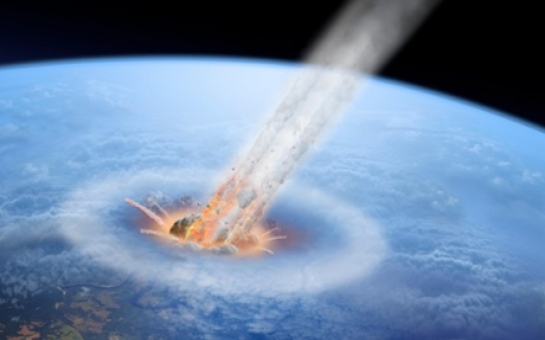
Nasa Asteroid Data Hunter contest hopes humans will outsmart dinosaurs
An asteroid at least 10km wide may have seen off the dinosaurs 66m years ago, but will humankind be smart enough to avoid a similar fate?
Follow us !

